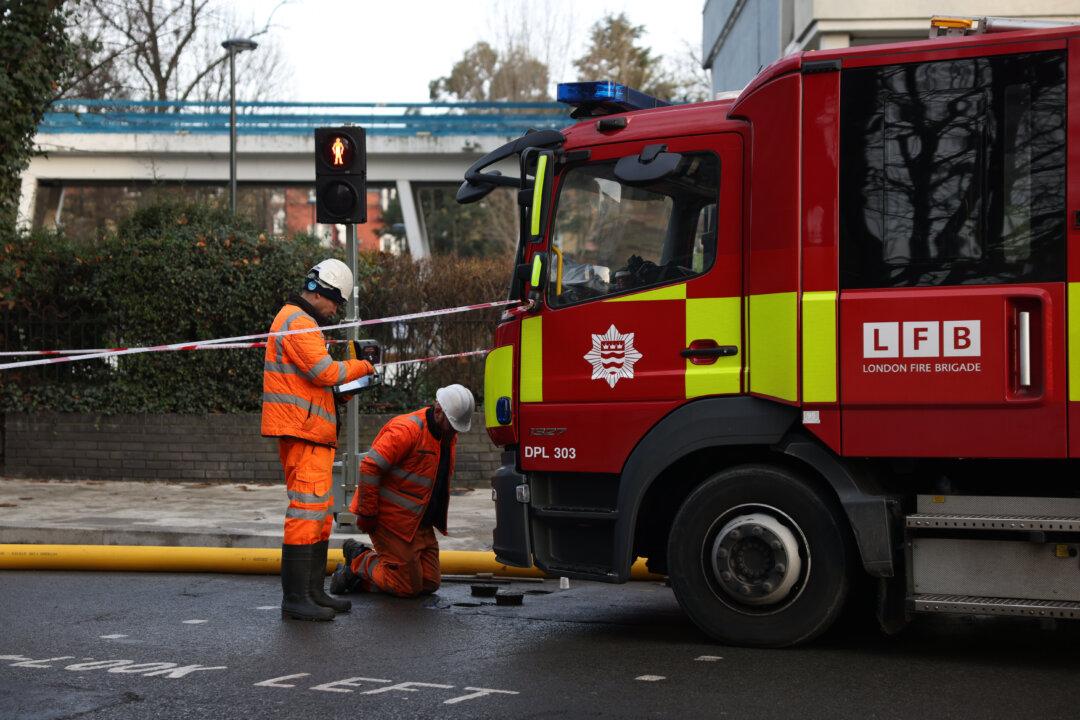Violent behaviour has increased among Scottish schoolchildren during the COVID-19 lockdowns, most notably in young pupils aged 4 to 6, a teaching union has warned.
In written evidence to the Scottish Parliament’s Education Committee, the Educational Institute of Scotland (EIS), a trade union representing teachers, reported that there has been “an increase in violent incidents arising from pupils’ distressed behaviour.”





